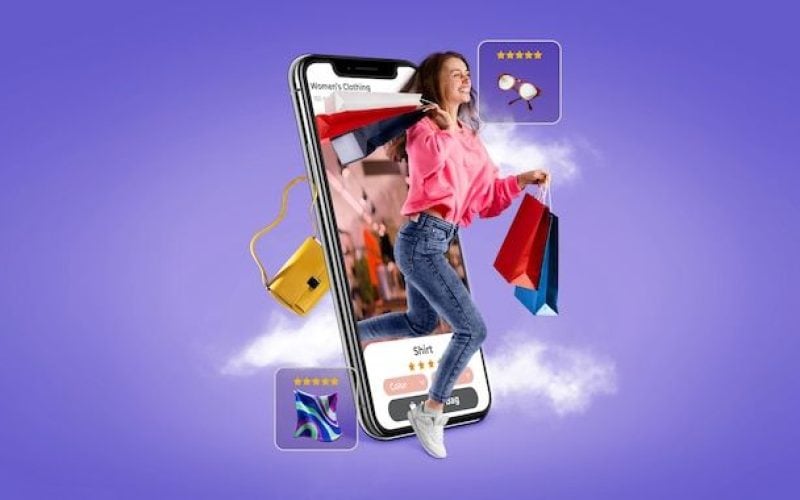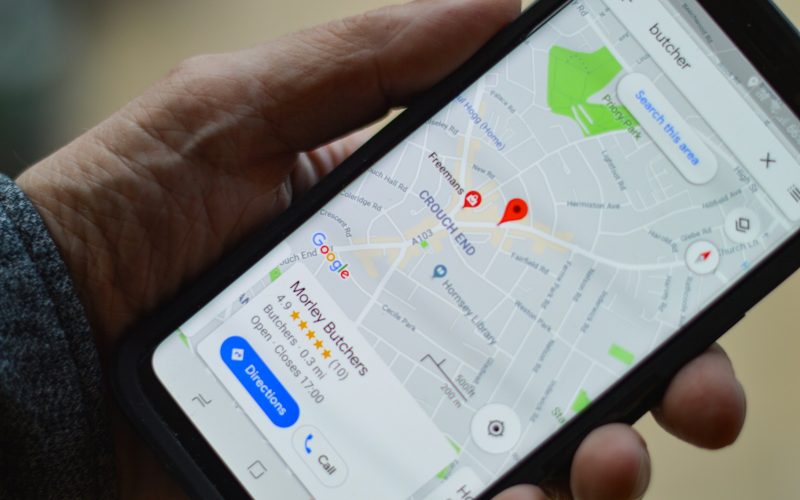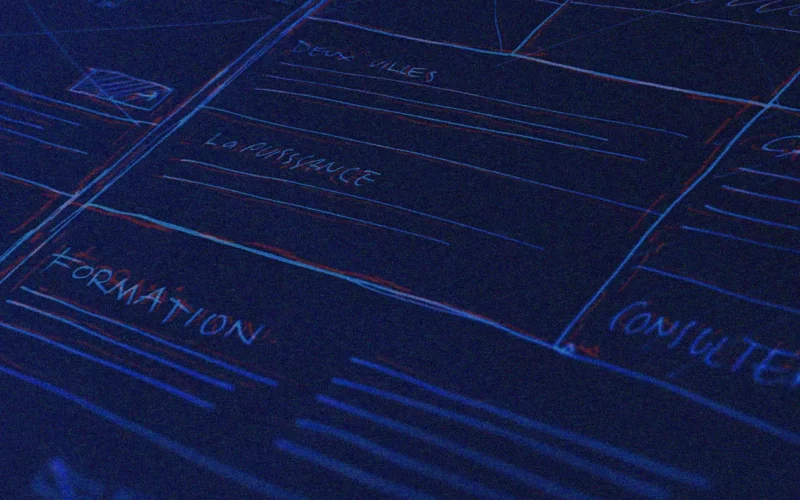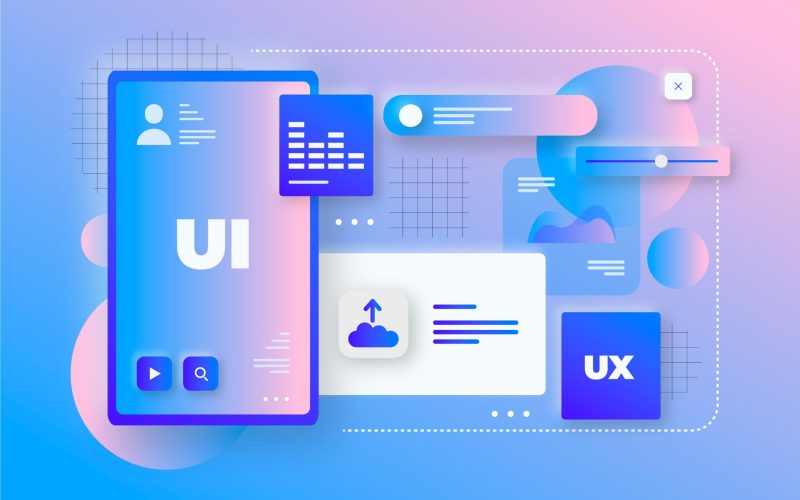User experience design is something most of us associate with websites. But…
Why isn’t this something we extend beyond the website?
Here’s why I ask this question:
As a consumer, it is very rare that your only interaction with a brand is through its website. Take an e-commerce site, for example. You buy a product and then what happens?
- You receive a confirmation email;
- You receive another email when the package is shipped;
- You may receive another notification by email or SMS when the package is delivered;
- You retrieve the package and open it;
- You open your purchase and use it.
All of these steps are an extension of that initial user experience on the web. If there is just one hiccup along the way, it could easily erode the confidence and happiness you felt after quickly finding and purchasing what you needed on the website.
So, what we’d like to do today is look at 10 areas where UX design should extend beyond the website to ensure that the frictionless experience that started there remains intact.
As a web designer, you might be thinking that this part of the user experience does not fall under the umbrella of your responsibilities. And you may be right about that.
For brands to be truly successful and profitable, someone must carefully examine the big picture and make sure the user experience is flawless, no matter how far away the user is from the site. At a minimum, you should share the research and UX strategy you conduct for a client’s website so your team can ensure it carries over to other areas of the business.
Here are some things to think about:
-
MOBILE APPLICATION
It’s not uncommon for websites to have mobile app counterparts these days. The design does not need to be identical, as mobile users tend to behave differently than desktop users.
That said, an application should not force users accustomed to the desktop experience to relearn how to navigate or interact with the brand. Therefore, branding, user interface design, speed, security and navigation must be on par with what has already been established in terms of usability.
-
E-MAIL
Most websites have a direct connection to e-mail. For example, blog newsletters, purchase confirmation emails and lead generation follow-ups start on the website.
Consumers are well aware that when they hand over their e-mail address, they will receive an e-mail in return. In many cases, such e-mails are welcome when done correctly. But if something is done wrong, that bridge could easily be burned between the brand and the consumer.
To preserve the UX, emails should include the following:
- Same branding and visual style as the website;
- A personalized subject line, greeting or offer;
- Consistent messaging as the site, especially when it comes to CTAs.
Another thing to remember is that email is not the time to inject dark patterns into the experience. Therefore, the “Unsubscribe” option should be in an easy-to-spot area and in a clearly contrasting font color.
-
SOCIAL MEDIA
Social networks are another channel that is commonly connected to a website. While you can’t control the aesthetics of social media websites, the images and messaging in posts should live up to the brand.
That means that things like memes and emojis, which are popular media on social networks, should only be used if they are normally part of the brand identity. Otherwise, you will have to find other ways to communicate in an attractive way.
Another part of the user experience to consider is customer service. Social media is a lot like walking into a store. If someone has a problem with what they bought or the service they received, there will be many people around to witness the complaint. Social media only amplifies that, so the quality of customer service should be consistent with how the brand handles it elsewhere.
-
SMS
Not all brands will need to be connected with customers through text messaging. However, e-commerce companies, news sites and personal service providers are likely to do so.
However, if a brand uses SMS, the same UX guidelines apply here as in all other channels:
- Keep messages concise;
- Make sure they are relevant and valuable;
- Use brand messaging and design;
- Don’t abuse the privilege and send too many;
- Make it easy to opt out.
Basically, if you can’t make it a valuable extension of the brand offering, don’t use it.
-
TELEPHONE
Any website that publishes your phone number should expect to receive calls from potential customers. While there is nothing to design here visually, the experience of talking on the phone with a company should be consistent with what they experience elsewhere.
One way to do this is to design an easy-to-follow routing system. It should be easy for callers to figure out which number to choose. In addition, there should be no endless loops. If a caller has exhausted their options, they should immediately be directed to a representative.
Another way to ensure consistency is to adhere to a script, which applies to corporate call centers as well as the local attorney’s office. All callers should be greeted with the same tone and treated in the same manner (depending on the situation, of course).
-
ADVERTISEMENTS
There are many places where brands can advertise these days:
- Google Search;
- Social media;
- Advertising networks;
- TV;
- Radio;
- Podcasts;
- Blogs;
- Billboards;
- Direct mail.
When designing an advertising campaign, there should be consistent messaging, aesthetics (where relevant) and CTAs presented. If the brand is not consistent from ad to ad, there may be a delay in consumers recognizing the brand or its offering. Or, worse, not to acknowledge it at all.
-
PACKAGING
For brands selling products, it is important to think about how packaging will affect the user experience. There are also two types of packaging to consider.
The first is the product packaging itself. The mark should be clear as day and consistent with where it was purchased.
It should also be easy to open. There is nothing more frustrating than finally getting your purchase, only to realize that you need tools to get it out of the packaging.
You should also think about the packaging of the products being shipped. The product should fit snugly inside the packaging. A package that is too spacious will feel downright wasteful. So will excess bubble wrap and paper padding.
Having a shipping label present on the package is also important. If the website facilitates the purchase, the package should offer a convenient way to return the product if you are not satisfied.
-
PRODUCT
The product itself has to align with the expectations set by the website. Let’s take the example of a SaaS. You have created an amazing landing page and a mobile app store page to promote it. It looks great, loads fast and is easy to move around. But if the SaaS itself is ugly, disorganized, slow or just plain clunky, all the work you did to market it will end up just being false advertising.
Therefore, make sure that the expectations set before and during the purchase naturally carry over to the product experience.
-
OUTSIDE THE BUSINESS
For physical companies, the outside of the company is as important as what goes on inside.
The most obvious thing to focus on is the aesthetics of the building. Does it look attractive? Are you in a safe area? Is there clear signage around you? Is it easy to find?
But you also have to think about user experiences that take place outside the building. For example, there is now an increase in curbside collection. There are a lot of things that can affect customer satisfaction with the experience, such as if the pick-up area is hard to find, there are never enough locations, or the associates delivering the orders always seem to be in a bad mood.
The outside of the business should always give a good impression of what is going on inside.
-
COMMERCIAL INTERIORS
Here are some things to think about when it comes to “designing” business interiors for good UX:
- Decoration;
- Disposition;
- signaling;
- Furniture;
- Product discovery;
- Availability (of products or people);
- Quality of customer service;
- Payment process.
It doesn’t matter what the company does, whether it’s a large retailer or an independent design business. If a company’s facility doesn’t look good, function perfectly or provide a good person-to-person experience, it will be very difficult to keep people coming back.
Therefore, all those things you do to design an optimized website tour should apply inside a physical company.
Depending on the types of companies you create sites for, some of the above channels and suggestions may not be relevant. Hopefully, this has got you thinking about other ways you (and your clients) can extend the design and UX strategy from the website.
If you can maintain a high-quality user experience from one channel to the next, your clients’ brands will get more business, increase their profitability and also see an increase in loyalty.
If you need to outsource this service, Several has a team of professional designers with great experience in UX that will help you boost your business. Shall we talk?






